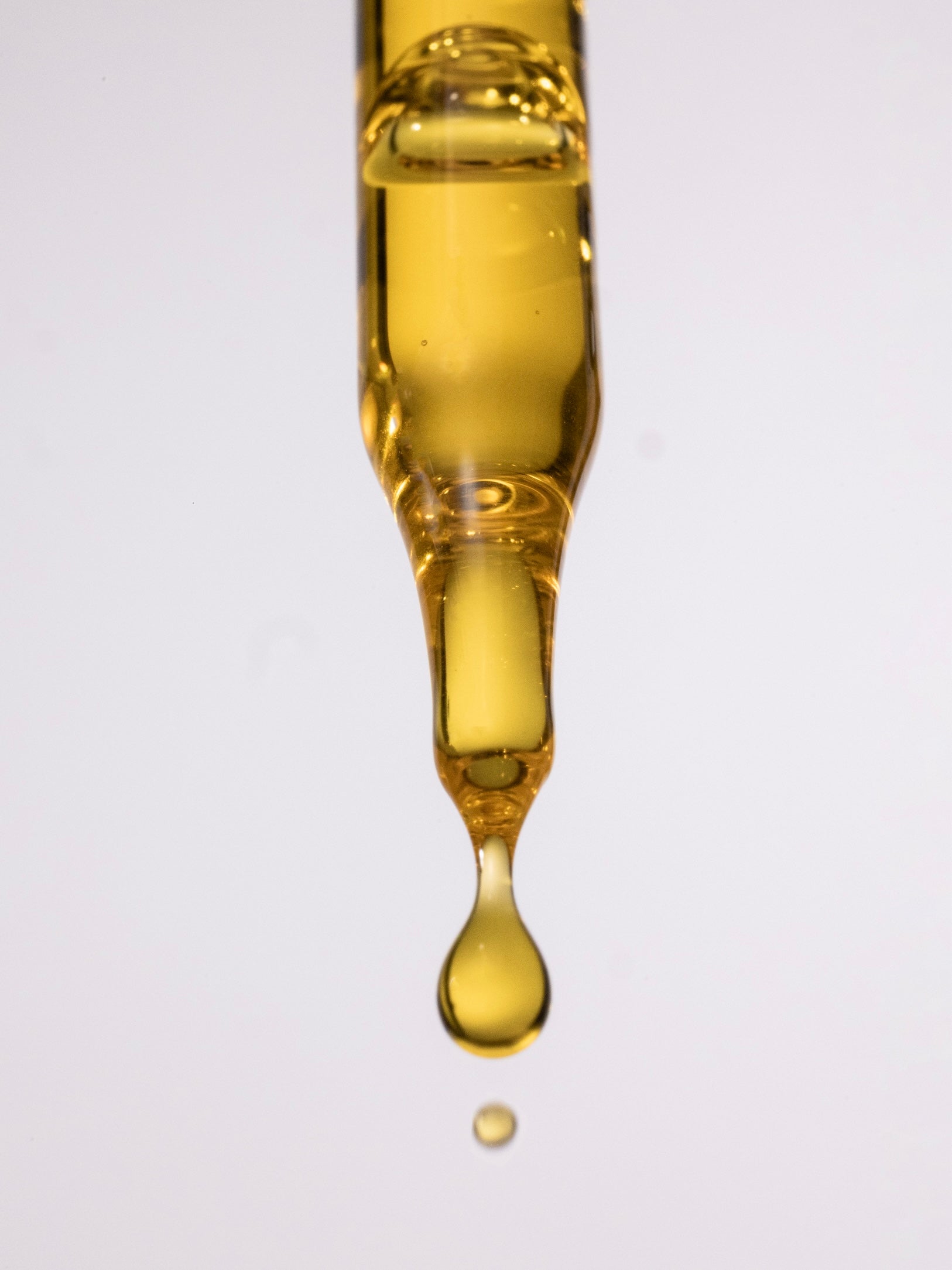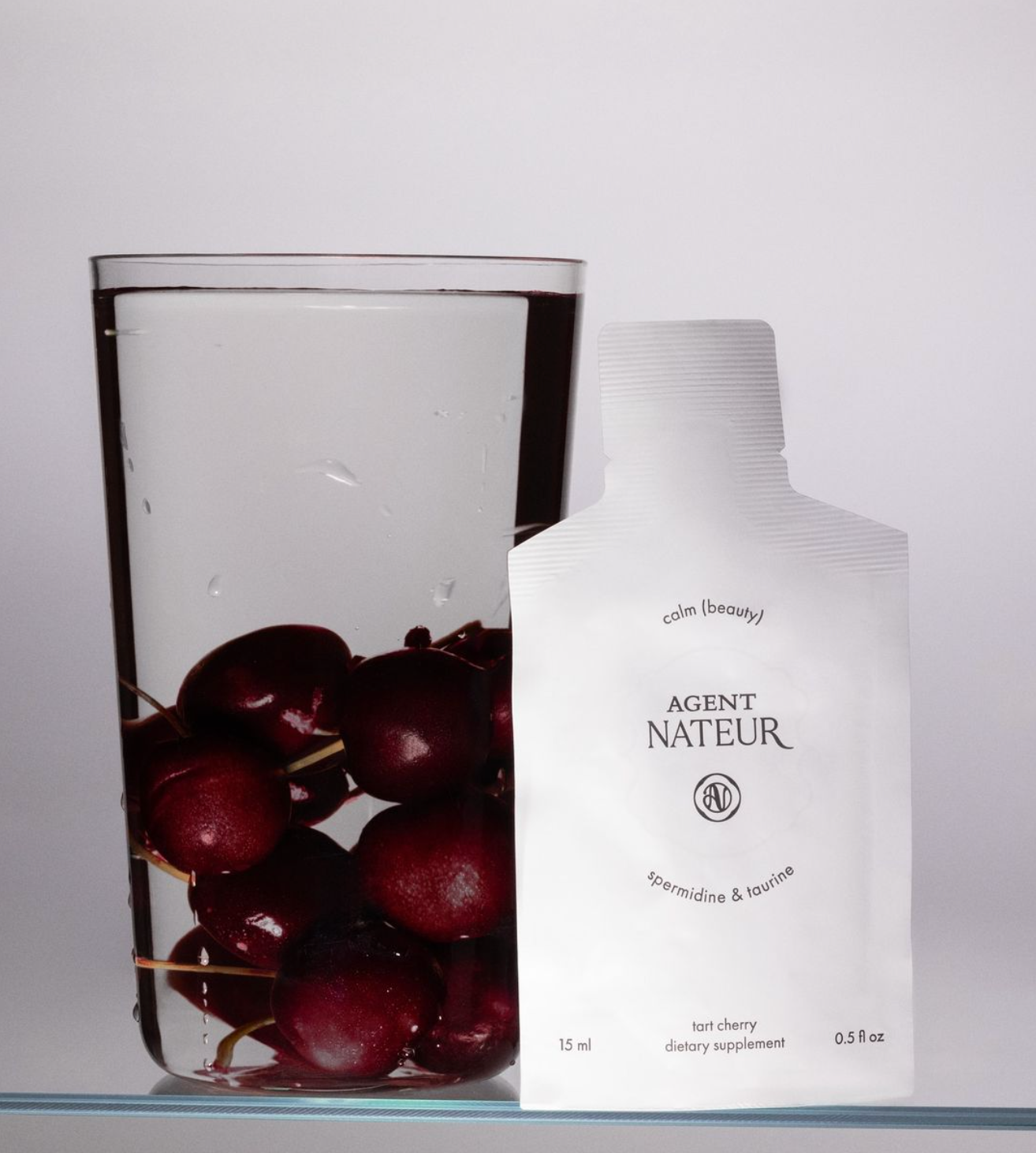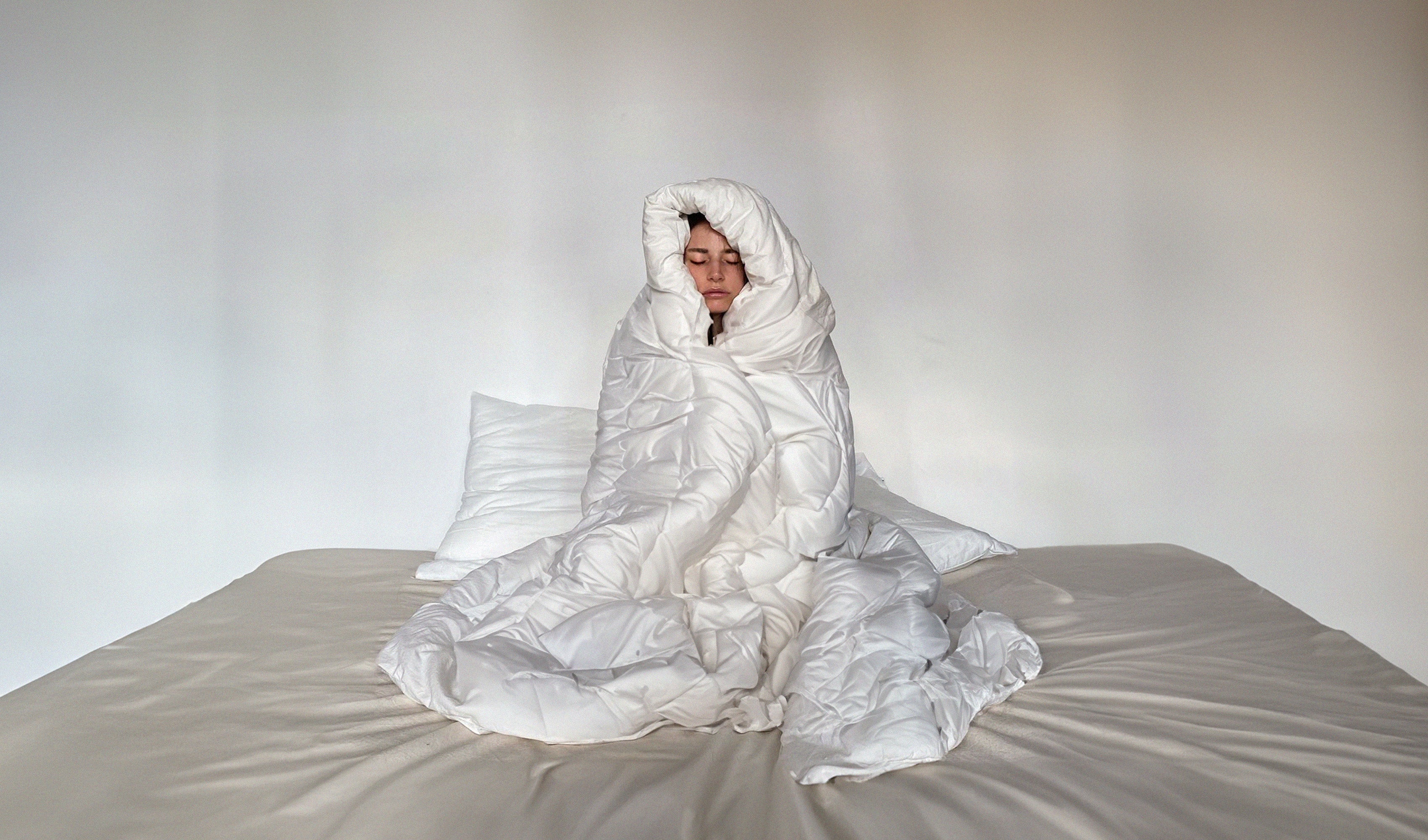Ice, ice, baby - can cold-water therapy win where painkillers fail?

A decade ago, it felt like cold-water immersion was only practiced at Voda Spa in West Hollywood, where I was surrounded mostly by older Russian men and LA boys who were still hung over from the night before. Then we began to see extreme athletes and nature-buffs talking about it, but today people are jumping in ice baths and cold-water oceans, lakes, and rivers all over the world as a normal part of their health and wellbeing routines. It’s a great way to activate the body's healing powers.
Cold-water therapy isn’t new, though. It's actually a well-known naturopathic treatment modality used historically in ancient cultures like Egypt and India - with it being known as ‘cold coagulation stasis syndrome’ in traditional Chinese medicine [1].
It's important I share this because cold water therapy can significantly help when I am in pain from endometriosis. The hip and leg pain some of us experience that radiates to the knees is reduced when I immerse myself in cold water.
The benefits of a cold plunge
There is tons of research and studies on how many ways cold-water therapy can help your health, healing, and recovery journey.
Generally, cold-water therapy has been scientifically proven to produce physiological effects on:
- the cardiovascular;
- respiratory;
- nervous; and
- endocrine systems, as well as;
- improving immunity;
- improving mental health function;
- helping with pain relief; and
- management of autoimmune disorders - plus, many other things.
Let’s get into science and studies.
First up, the cardiovascular system. It’s been proven that there is a positive effect of cold-water exposure on the cardiovascular system (such as lipid profile, lipid metabolism, and lowering blood pressure), with it also helping your body adapt to stress and being under stressful situations.
Extended cold-water therapy is thought to lead to a lower concentration of homocysteine in the body, and high levels of this are linked to the early development of heart disease. So, could cold-water therapy reduce the onset of heart disease and heart attacks? Maybe.
For the endocrine system, it has been shown to increase cortisol [although note that this is not always a benefit if this is already a health challenge for you], decreases norepinephrine, increases insulin sensitivity, and decreases triglycerides.
For the immune system, it is shown to have immune-boosting effects by increasing leukocytes & monocytes in the body (our white blood cells that help to fight infection). This then helps strengthen the immune system meaning that the body is likely to experience fewer infections over time. Improved immune response and function from cold exposure is thought to be biologically likely due to the release of stress hormones in response to the cold exposure - and that this short-term physiological stress on the body actually prepares and activates the immune system to fight infections.
For the mental health side of things, cold-water therapy and cold-water swimming have been shown to have antidepressant effects. It’s thought that this is due to the increase in catecholamines created by the body, and now cold-water swimming is being hyped as a treatment for depression as it activates the sympathetic nervous system and increases the concentration of norepinephrine and β-endorphin in the body. Repeated cold-water exposure also teaches your body to become ‘ok’ with these stressful situations and adapt your stress response accordingly. Similar to meditation, where you train your mind and body to not be stressed out, cold-water therapy helps you to become more mindful and present, slowing down racing thoughts and focusing on your breathing and being present.
As well as having physiological and positive impacts on many systems in the body, repetitive cold-water therapy in the mid-term and on a regular basis has been shown to have positive effects on general wellbeing as well as:
- Altering resting heart rate;
- Improve range of motion;
- Decrease levels of tension in the body;
- Reduce fatigue and negative moods;
- Increase memory; and
- Deliver pain relief benefits for people suffering from conditions such as rheumatism, fibromyalgia, and asthma.
What about pain relief?
This is a huge area that is being explored.
A study found that if cold-water swimmers emerged three times a week (at a temperature of 0-3°C for 12 weeks), there was an increase in ACTH, cortisol, and norepinephrine in the body. This study hypothesized that it is this increase in norepinephrine that may lead to reduced pain perception by the human body.
In another study on the pain-relieving abilities of cold water, a 28-year-old man went under a surgical procedure to curb facial flushing (which involved cutting the triggering nerves inside his chest). Over ten weeks later, he was still in high levels of pain, and painkillers and pain medications were not really helping, and so he decided to return to the cold-water plunging that he was doing before the operation as part of his triathlon training.
The study reports that his pain levels subsided, he felt no pain in the water and has not felt any since. The study concludes that due to there being no alternative explanations available at that exact point, it certainly seems as if the cold-water experience and the plunge afforded the candidate some instant pain relief.
How might this work?
The study suggests that a level of sudden immersion into cold water may shift the body into the sympathetic nervous system and induce a wave of activity. At this point, the body’s response and levels of consciousness to external stimuli may have been shifted, which might alter pain perception and offer instant relief.
Other studies also suggest that the reduced perception of pain by the body is due to the analgesic (like anesthetic) like effects of the cold-water - and the release of norepinephrine, as well as other hormones and neurotransmitters.
The immersion causes a decrease in nerve excitation and conduction speed, reducing nociceptor communication with the sympathetic nervous system. This means a reduction in the perception of pain by reducing the sensitization of the receptors within the nervous system.
At the same time, a bit like runners high, there is also a whole load of feel-good hormones released after a cold-water experience that will also help shift how the body feels.
These are exciting developments for people struggling with autoimmune conditions like endometriosis and fibromyalgia, where there are levels of chronic and often relentless pain that can impact the sufferer’s quality of life and general wellbeing.
Although getting access to cold-water therapy is currently tricky, we are seeing more and more people being able to get access to cryotherapy tanks, ice bath dips as well as open water sources for cold-water swimming.
So, it helps with pain. What about managing autoimmune conditions more generally?
Inflammation is a big driver behind dysfunction and disease, and we know that nearly all autoimmune conditions stem from levels of increased inflammation that can cause our systems, circuits, and organs to start functioning in ways that they are not meant to.
When considering how cold water can impact inflammation, if you think about it in the least scientific way possible, if you get a ring stuck on your finger, you run it under cold water to get the finger to reduce in size so that you can take the ring off.
Extrapolate this further, and it is suggested that cold-water therapy can reduce the level of inflammation in the body - as well as reducing the pain associated with the inflammation.
For many autoimmune sufferers who deal with chronic pain, there is hope that cold plunging could help with the management of their conditions - as well as an overall reduction in inflammation in the body.
***THESE STATEMENTS HAVE NOT BEEN APPROVED OR REGULATED BY THE FDA. WE ARE NOT DOCTORS, THEREFORE ALWAYS CONSULT WITH YOUR DOCTOR FIRST.





